

| Page [1] [2] [3] [4] [5] |
Her Life:
The life story of Dulce María Loynaz is a door into the paradoxes of Cuban culture today. It has all the essential ingredients of a great romantic tale. But it also has historic significance, tracing the personal and political impact of cataclysmic historical events on the life of a great artist, a Cuban patriot who was both a cultural treasure and a remarkable individual, a woman who lived through all the great developments of Cuban society after Independence from Spain.

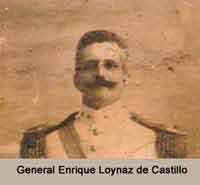
Although Dulce María lived a sheltered life during her childhood, in her early adulthood her life was much more adventurous, including experiences available at that time only to wealthy young women, even outside of Cuba. She published a number of poems in her teens and twenties. She completed the Doctorate of Civil Law at the University of Havana in 1927, although she practiced law rarely. She was able to travel widely. In addition, her talents and her family’s social position brought her into personal contact with some of the major Spanish-language authors of the century, including Spanish author Federico García Lorca and Chilean poet Gabriela Mistral (both Nobel Prize winners), and Cuban authors Alejo Carpentier and José Ramón Jiménez.
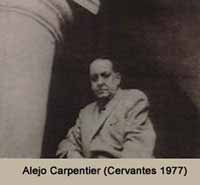
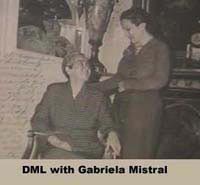
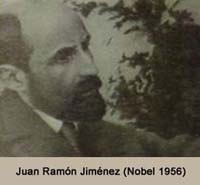
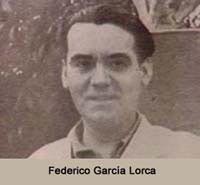
{Video Links (Loynaz reminiscing about some of these old friends):
Lorca [Video Link]
Carpentier [Video Link]
All
video excerpts and historical photographs on this site are from a 1987
Televisión
Cubana documentary filmed by Vicente González Castro.}
During a trip to the Near East in 1929, she visited the newly discovered
tomb of King Tut in Egypt. The visit produced the “Love Letter to
King Tutankhamen,” one of her important longer poems.

This intensely erotic poem condenses historical time and simultaneously expands it into mythic and universal time through Loynaz's ability to fully imagine a physical love relationship between herself and the mummified young King. It also reveals the poet's peculiar frankness, a kind of childlike literalness which underlies its fancifulness and makes it a masterwork. This unique tone is a large part of what makes Loynaz such a remarkable poet.
Album of Photos of Dulce María Loynaz at various stages of her life. Permission to provide this deep link, courtesy of the Biblioteca Virtual Miguel de Cervantes of the Universidad de Alicante in Alicante, Spain.